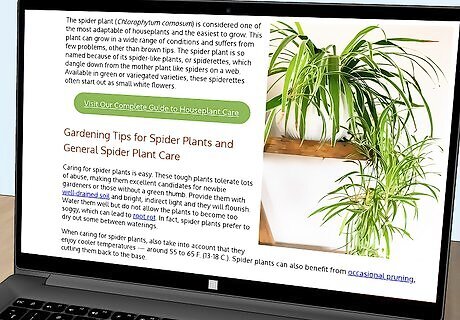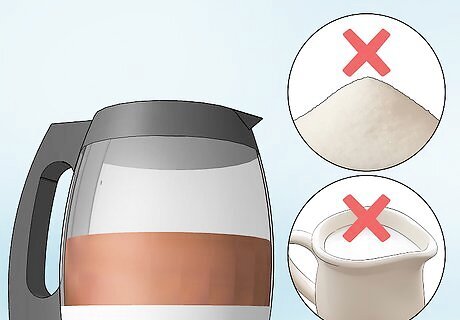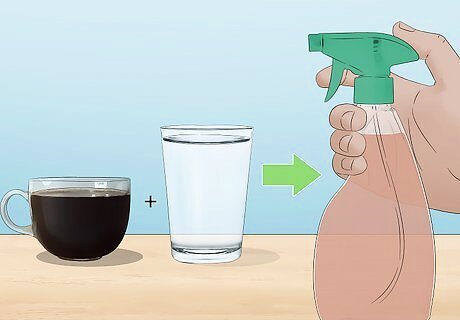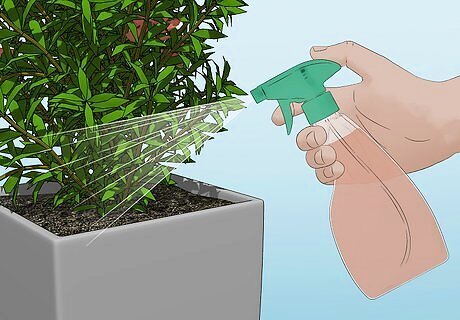
views
Checking the Compatibility of Coffee for Your Plants

Research to see whether your plant is acid-friendly. Look up the type of plant that you have and see if it correctly digests acidic products. Many herbs and indoor plants will be suitable for this liquid coffee treatment. These are some examples that you can spray a coffee mixture on: Spider plants Roses Hydrangeas African Violets.

Use coffee grounds on other plants. As well as using up the liquid, there are ways to also get rid of the grounds that are beneficial for suitable plants. For example, you can combine coffee grounds with soil, compost or fertilizer. These products can then be given to plants such as the following, to boost their growth: Lettuce Gardenias Azaleas Hibiscus.
Making and Applying the Coffee Mixture

Brew your coffee as usual. Decide if you wish to brew a normal batch or a strong mixture, as this will determine how much water you will need to use later.

Use only untouched brewed coffee. Consume, save, or discard any coffee that has been mixed with sugar and/or cream.

Dilute the coffee. Combine about 1/2 cup (120 ml) of water more than coffee as a standard mixture. For example, if you have 1 cup (240 ml) of leftover coffee, mix it with 1 1/2 cups (350 ml) of water. The amount of water can be more or less, depending how strong the original coffee is.

Add the coffee liquid to a water sprayer or can.

Water the plants. Select one day out of the week to apply the diluted coffee on the plants. Coffee can be quite acidic, so you will only need to use it sparingly versus natural water. Start out small. It is better to give just a little and work out what your plants respond to than to overdo it and cause the plant to react poorly. You can slightly increase the dosage until you consider it is sufficient.




















Comments
0 comment